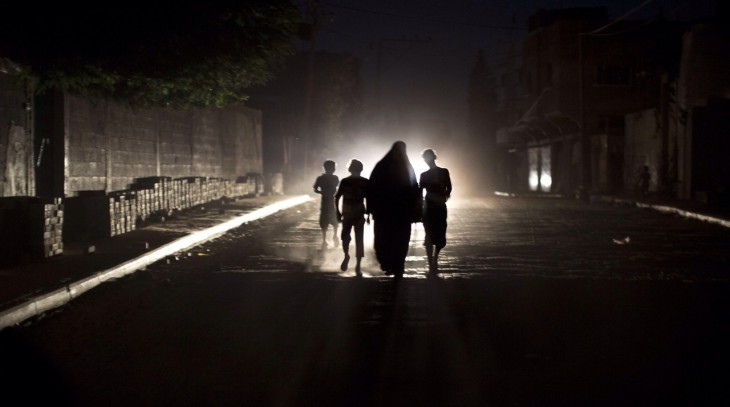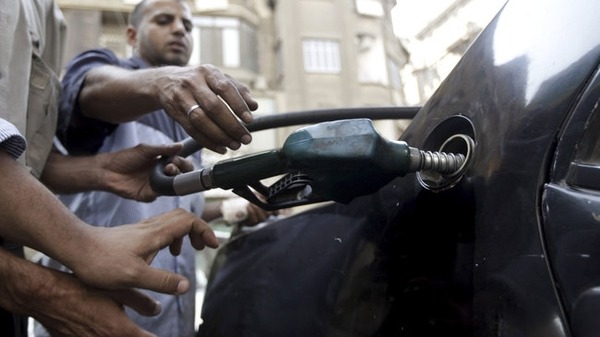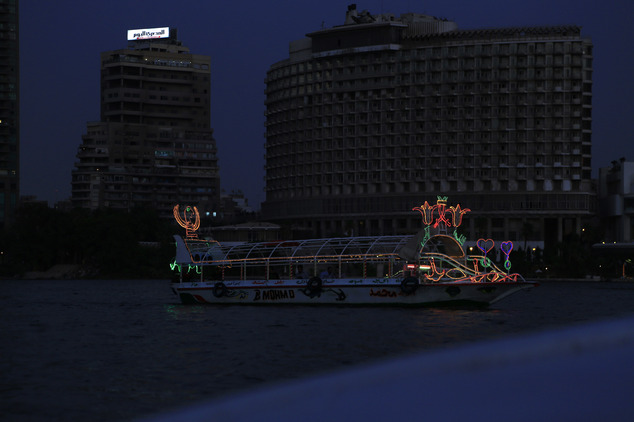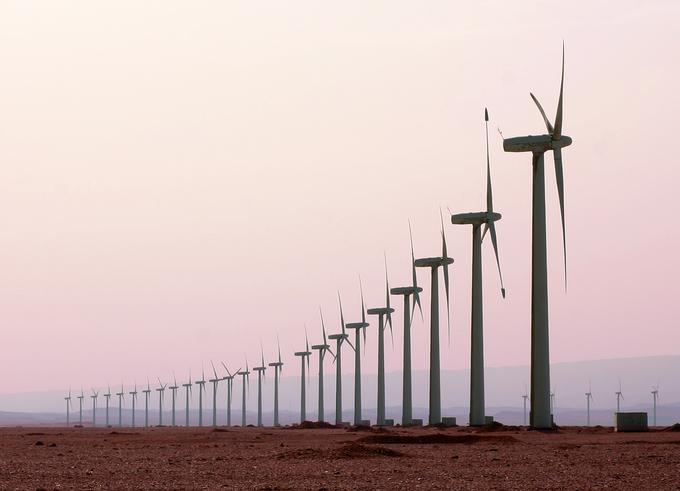Sustainability, Luxury or Necessity?
Egypt’s looming energy crisis has been the haunting ghost of economic decline for the past few years. The political upheaval has caused a massive strain on foreign investment which in turn has put renewable energy plans at an expensive pause.
In the reign of ousted former president Hosny Mubarak, the egyptian people had very little understanding about what sustainability means. Sustainability was a “Luxury” Egypt’s economy could not afford. The need to find “Green” alternatives was almost non existent given that oil production had been stable for the past decade and natural gas production has doubled since 2004.Until year-end 2010, net energy exports generated a healthy surplus, which averaged $4bn between 2004 and 2010.
These were “the good ol’ days” for Egypt so to speak.
Alongside the revolution, In 2011, production became stagnant and high demand and increasing oil consumption has put a huge strain on the situation. Not to mention the rapid increase in population and amount of cars has deteriorated this ordeal rapidly.
Power outages have become a daily habit. Where power cuts can be hours at a time, 3 to 4 times a day, if not more. Businesses shutting down mid day, children sitting on the side walk at night to study next to lamp posts. Metro lines coming into a paralysing halt. The unforgiving summer heat has left the masses broiling without air-conditioning for hours and days , rendering an entire population burnt out and unable to carry out their daily lives.
Blame it on the Subsidies!
“Because of subsidies, it’s impossible for anybody to compete with fossil fuels . It encourages fuel consumption by keeping prices very low, and costs the government a big amount of money.” Magdi Nasrallah, head of the Petroleum and Energy Engineering Department at the American University in Cairo.
Self explanatory, you put subsidies on an item, the price stays low. A blessing and a curse.
Keeping subsidies on diesel low, for example, has not only encouraged an added pressure on diesel consumption but also encouraged smuggling to neighbouring countries at the lowest prices. Public subsidies of basic goods are 80% energy related and are one of the main causes of high budget deficits. In the past 20 years, the daily oil consumption has more than doubled and in reverse, the daily oil production has been in a steady decline.
For the first time in Egypt’s history, the country is set to import natural gas.
These subsidy issues have remained untouched by multiple presidents in fear of losing their authoritative/ leadership positions. Shying away from the country’s most crippling economic faux pas has burned a giant hole in the country’s external debt issues. As these debts keep multiplying on a daily basis due to unstable oil prices, the future does not look very bright.
All New Everything?
New President, New Policies?
With some politicians and media persons spreading rumours about the power cuts being “terrorist acts” or means to hinder the progress of the country and it’s wellbeing. Analysts have predicted this crisis years ahead. The previous government has been advised repeatedly to start looking into more sustainable measures to maintain this rapidly increasing demand. A government, corrupt and greedy, only saw opportunity in this nation’s despair.With false claims that 20% of Egypt’s energy will be obtained through renewable resources by 2020. The revolution was of no surprise, it was an inevitability.
Disregarding President Morsy’s short yet dark times of reign. The Egyptian people are now looking forward to a brighter economic future with President Abdel Fattah el Sisi, however controversial the means to which he has acquired his position. The president has started taking more extreme measures towards the situation. Subsidy cuts have been implemented as a five year plan that consequently caused a rapid increase in fossil fuel prices.
Now that the only way to go is renewable, the government is making numerous efforts to enlighten the public about renewable energy options. Also investing great interest into the very few solar and renewable energy associations/ companies to gain as much knowledge about the country’s current possibilities.
Egypt, An Untapped Resource.
Egypt’s prime location and weather conditions make it an exceptionally favourable land for renewable energy harvest. Summer extending almost 10 months per year with more than 330 days of clear skies and piercing sunshine. In addition to the red sea coast being a wind/solar land mine due to its typography not to mention being the least populated areas of greater Egypt. Furthermore, the pre existing Aswan dam that contributes to around 8% of Egypt’s renewable energy generation. The unfortunate reality is, with poor knowledge and lack of information accompanied by numerous failed projects in the past years. The common Egyptian only relates “Renewable” to “Failure” or “Waste of money”. These false notions need to be changed through proper education and positive media coverage on the matter.
The Forceful Hand of Inflation.
With a massive spike in diesel/ electricity prices. The Egyptian people have started to take matters into their own hands. Farmers have started ordering solar generators instead of the most commonly used diesel generators. People stopped caring about the superficial “Initial cost” of said products and started looking more into the glooming future of depending on the conventional energy resources. Business men importing solar panels and generators worth millions of dollars into the country, pushing the market into a somewhat uncharted territory in terms of guaranteed results. Even the Egyptian military has begun its road into sustainability, calling it the “Future of Egypt”.
The Undeniable Role of Architecture.
“In every dark cloud there is a silver lining”
Having a major loophole in the architectural vs. construction execution relationship in a country like Egypt. One must not fail to notice the great advantage this opportunity possesses. In most smaller scaled projects, diminishing the architects role to strictly design has become rather difficult. Due to misinformation, poor communication and less than desirable executions, the architect is almost forced to foresee all the progressional steps of every project he designs. However time consuming and inefficient this may seem, the silver lining in this scenario is the level of control an architect holds over the direction of the project. This way, architects can choose to remain “sustainable” and actually see it through. This is contrary to most European countries and the U.S. as the division of tasks has become more vast and complex for increased efficiency. Which consequently limits the architect to design and in some cases, the final stages of completion. In these middle stages the contracting companies, the suppliers and the client have the fullest control on the materials and means of execution. This almost never guarantees a well rounded, fully sustainable design.
If this is applied more into bigger scale projects, giving leeway for architects to control the direction of the project in the sustainable sense. Furthermore, adding more knowledgable consultants and analysts into the equation will more than broaden the range of options an architect can have in order to achieve sustainability. This unity of knowledge paired by a strong intent to not only maintain sustainability but also finding the means to repaire previous damage will surely result in a better outcome towards a more energy sufficient and more sustainable future.




